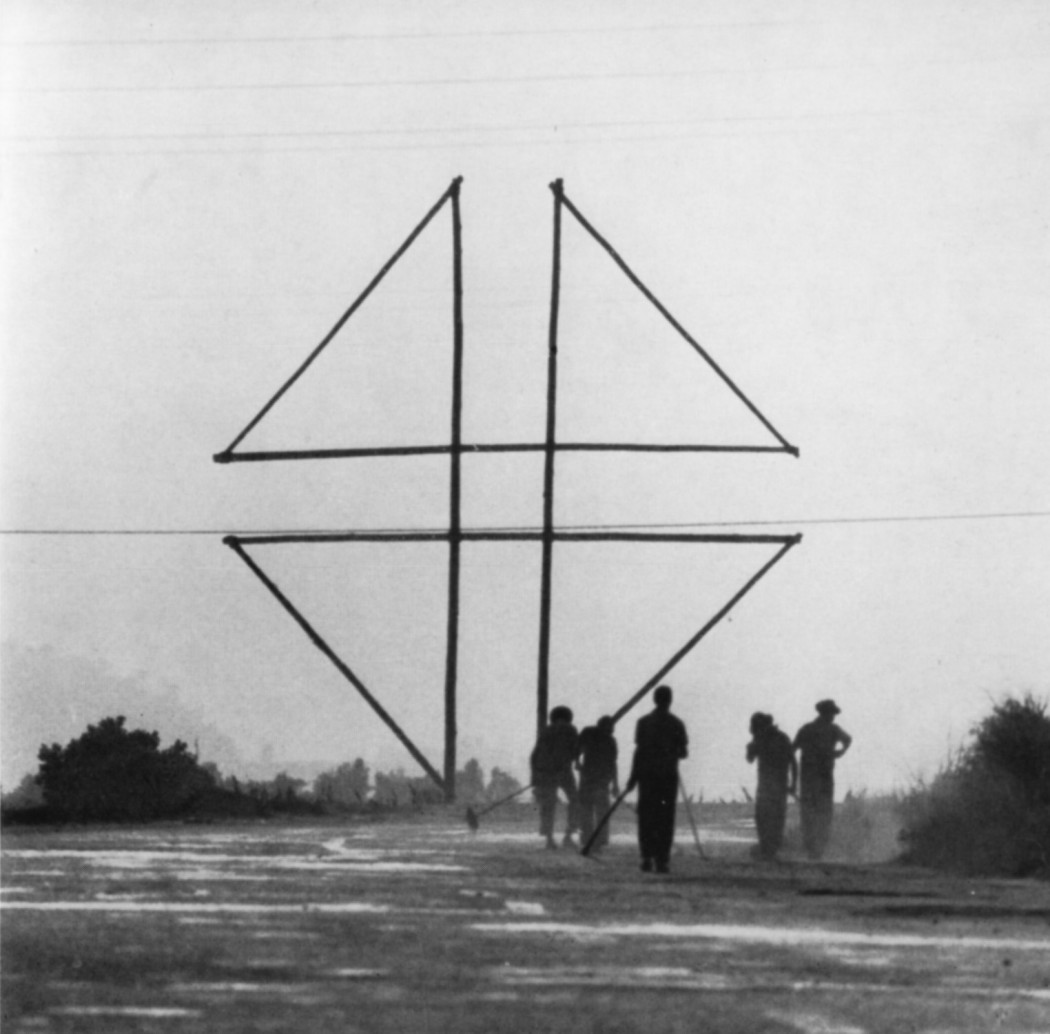University of Geneva, invited lecture
15.3.2017

Photo : Aloisio Magalhães : Symbol of the 4th Centenary, 1965. Foto: edition rot, 39, éd. Max Bense, Elisabeth Walther, Stuttgart, 1969.
Max Bense / Aloisio Magalhães, Germany 1969
The Transcultural and Popular Context of “History of a Sign”
If the Modernist impulse requires new approaches, then many argue that highlighting the networks of artistic exchange is one way of reactualizing the Modernist paradigm. In 1969, Brazilian artist and designer Aloisio Magalhães (1927 – 1982) exhibited a series of photographs at the study gallery at Studium Generale, University of Stuttgart, an exhibition space for interdisciplinary discourse founded by Max Bense (1910 – 1990) in 1958. After several trips to Brazil in the early 1960s, Bense published the book ‘Brazilian Intelligence. A Cartesian Reflection’ (‘Brasilianische Intelligenz. Eine cartesianische Reflexion’, Wiesbaden: Limes, 1965), an essay highlighting aspects of Brazilian culture in terms of its worldwide intellectual debate. During Bense’s second trip to the Americas in 1962, he also met Aloisio Magalhães, whom he invited for an exhibition in Germany in 1969. In this paper I want to discuss key aspects of this exhibition project, comparing it with the Brazilian concretist movement and Lina Bo Bardi’s exhibitionary visions, as well as examining the different cultural approaches to Magalhães photographic project and its common grounds with international formalism, concretism and sign theory.